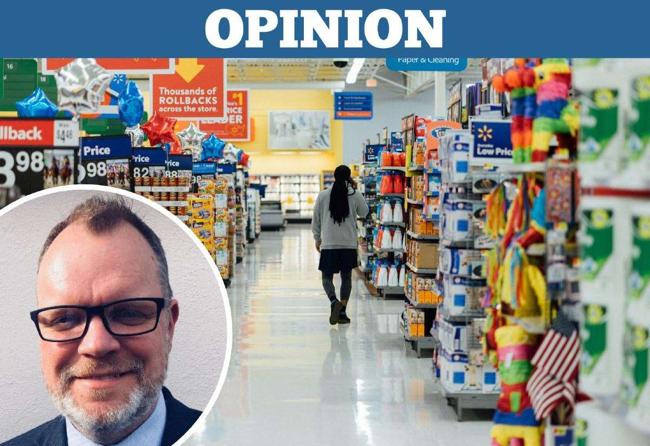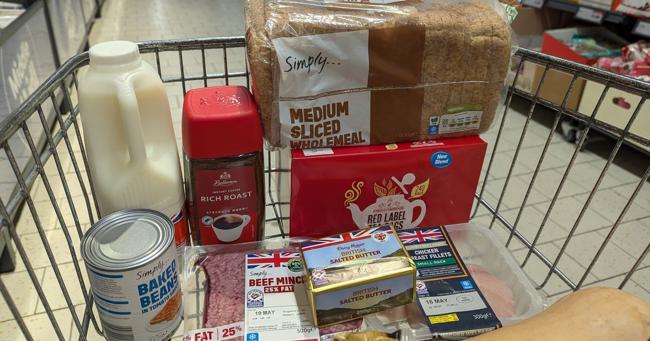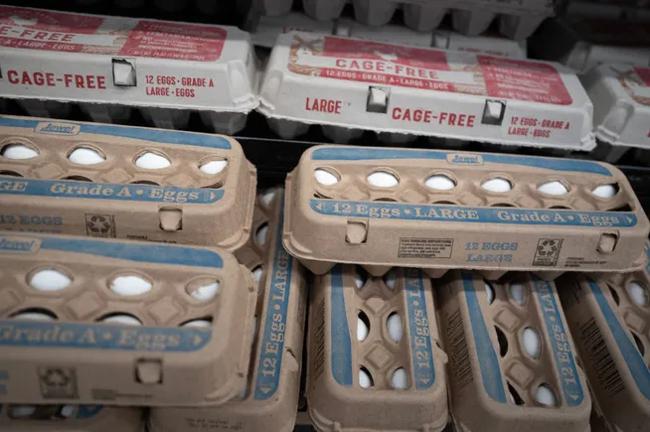Summary
Security in shops has been stepped up – but, says our columnist, it comes at a cost of making everyone feel like a suspected shoplifter.
Source: Kent Online on MSN.com

AI News Q&A (Free Content)
Q1: How have supermarkets evolved their security measures in response to increased shoplifting incidents in recent years?
A1: Over the past five years, supermarkets have adopted advanced security technologies such as AI-powered video surveillance, multi-person tracking using head detection, and heatmap analytics to monitor shopper behavior and deter theft. These measures, while effective in reducing shoplifting rates, have raised concerns about privacy and the feeling among customers of being constantly watched. A 2020 study demonstrated that computer vision models achieved up to 93% accuracy in identifying customer and staff movement patterns, allowing for more precise loss prevention strategies.
Q2: What are some of the latest technological innovations being implemented in supermarkets to enhance both security and the overall shopping experience?
A2: Recent technological innovations in supermarkets include smart shelves equipped with sensors, automated inventory management, self-checkout systems, and IoT-enabled monitoring of perishable goods. Systems like SysMART rely on rapid data acquisition and modern interfaces to streamline in-store shopping. These solutions aim to improve efficiency, reduce labor costs, and ensure product quality, while also supporting security through real-time monitoring and data analytics.
Q3: According to recent scholarly research, what impact do sophisticated security technologies have on consumer behavior in supermarkets?
A3: Scholarly research indicates that heightened security, especially visible surveillance and tracking, can create a sense of distrust among shoppers. While these measures may deter theft, they may also reduce customer satisfaction and lead to changes in store choice. Studies have found that factors like accessibility and perceived safety influence consumer decisions, with some shoppers preferring stores with less intrusive security measures to maintain a comfortable shopping experience.
Q4: How do supermarkets balance the need for security with customer privacy and satisfaction?
A4: Supermarkets balance security and privacy by integrating less intrusive monitoring tools, such as AI systems that analyze anonymized movement patterns rather than identifying individuals. Some chains also prioritize transparency by informing customers about security measures and ensuring compliance with privacy regulations. The challenge remains to effectively deter theft without alienating customers or compromising their sense of trust and comfort.
Q5: What economic impact has the adoption of advanced security technology had on supermarkets' operational costs and product pricing?
A5: The adoption of advanced security technology has led to increased upfront investments for supermarkets, but these costs are often offset by reductions in theft and operational losses. Enhanced security can also streamline operations, reducing labor costs associated with manual surveillance. However, some studies suggest the costs may be partially passed on to consumers through higher prices, especially for premium or ethically produced products, where price premiums are already common.
Q6: What key factors influence consumer choices when selecting supermarkets, especially in the context of security and store environment?
A6: Key factors influencing consumer choice include store accessibility, product range, price, and the perceived atmosphere of the supermarket. Research shows that while low prices and convenience draw shoppers to certain stores, a comfortable and welcoming environment is crucial. Excessive or visible security measures can deter some customers, especially families seeking a pleasant shopping experience, indicating a need for supermarkets to carefully manage the customer experience alongside security.
Q7: What does recent research reveal about consumer willingness to pay premiums for ethical and secure shopping environments in supermarkets?
A7: Recent research from a 2025 study found that consumers are willing to pay significant premiums for products with high animal welfare standards, with price increases averaging 16.4% for each point increase in animal welfare score. The study suggests that ethical considerations, including the perception of a secure and responsibly managed shopping environment, can influence purchasing decisions and justify higher prices in certain product categories.
References:
- Supermarket, Wikipedia, https://en.wikipedia.org/wiki/Supermarket





